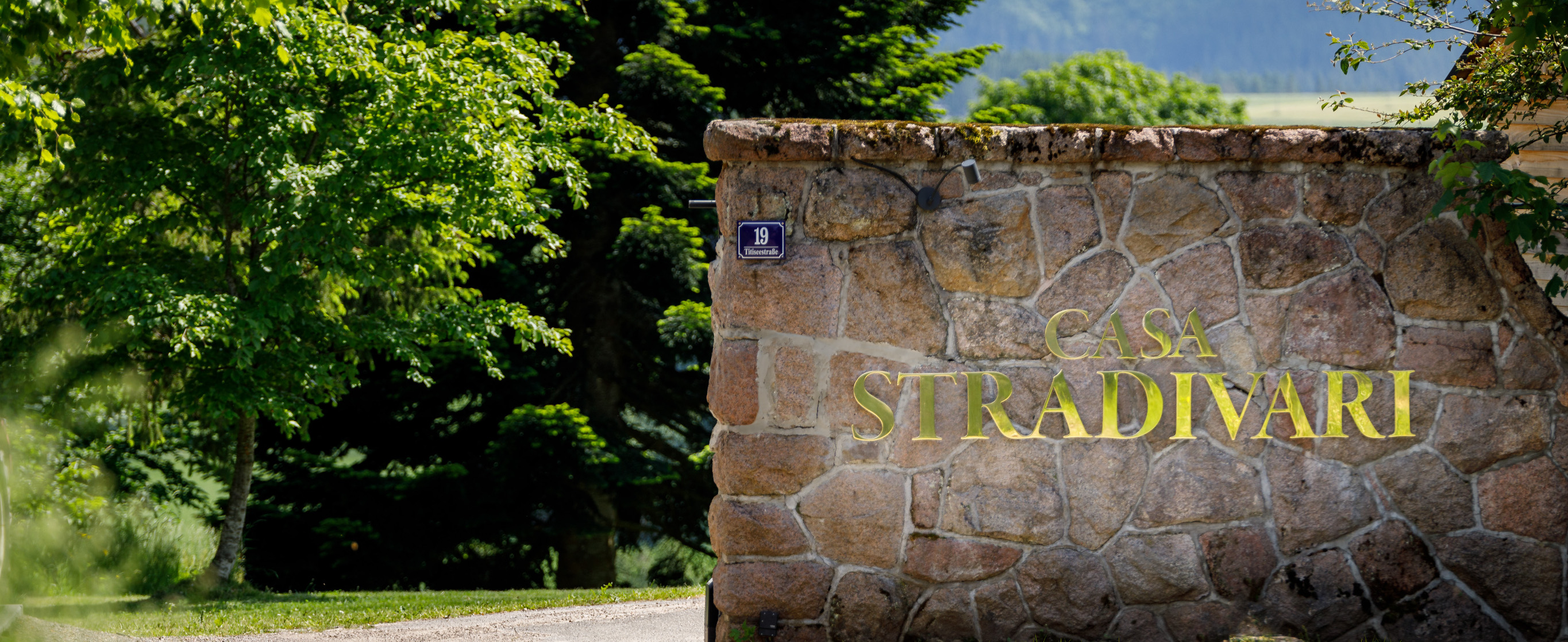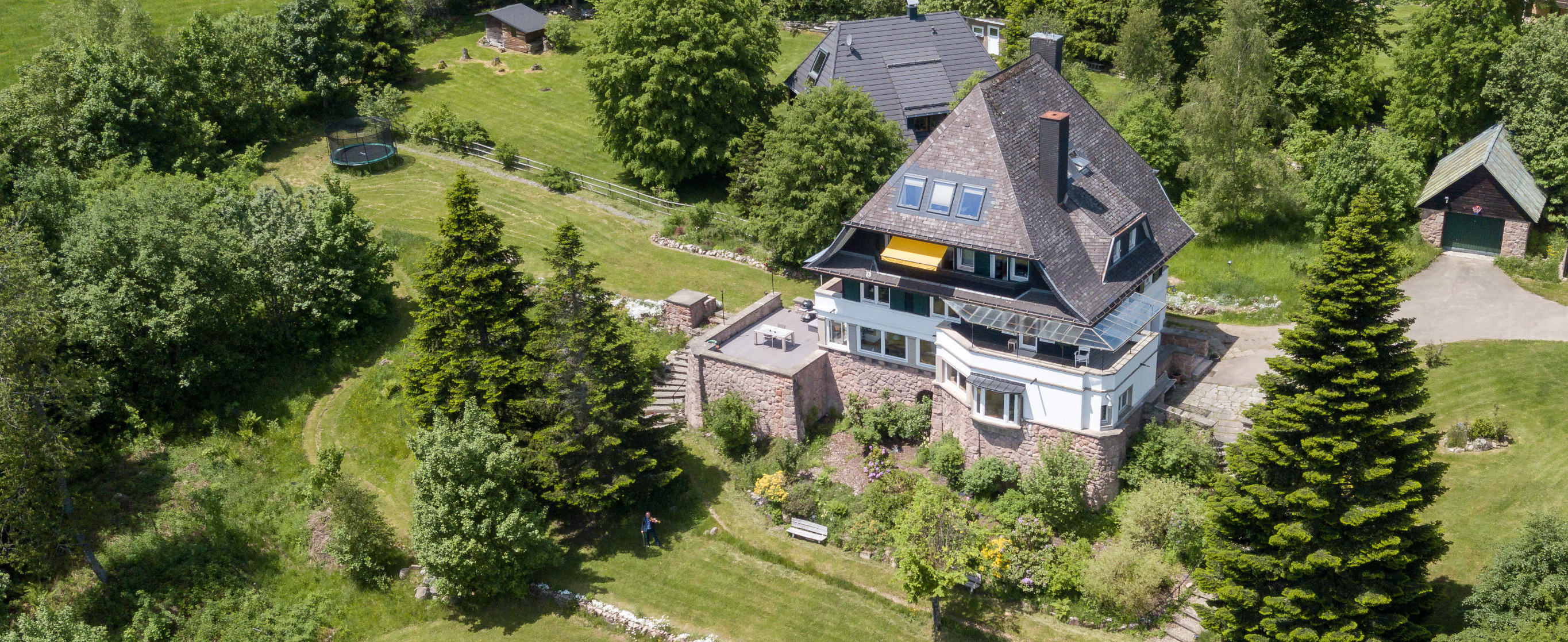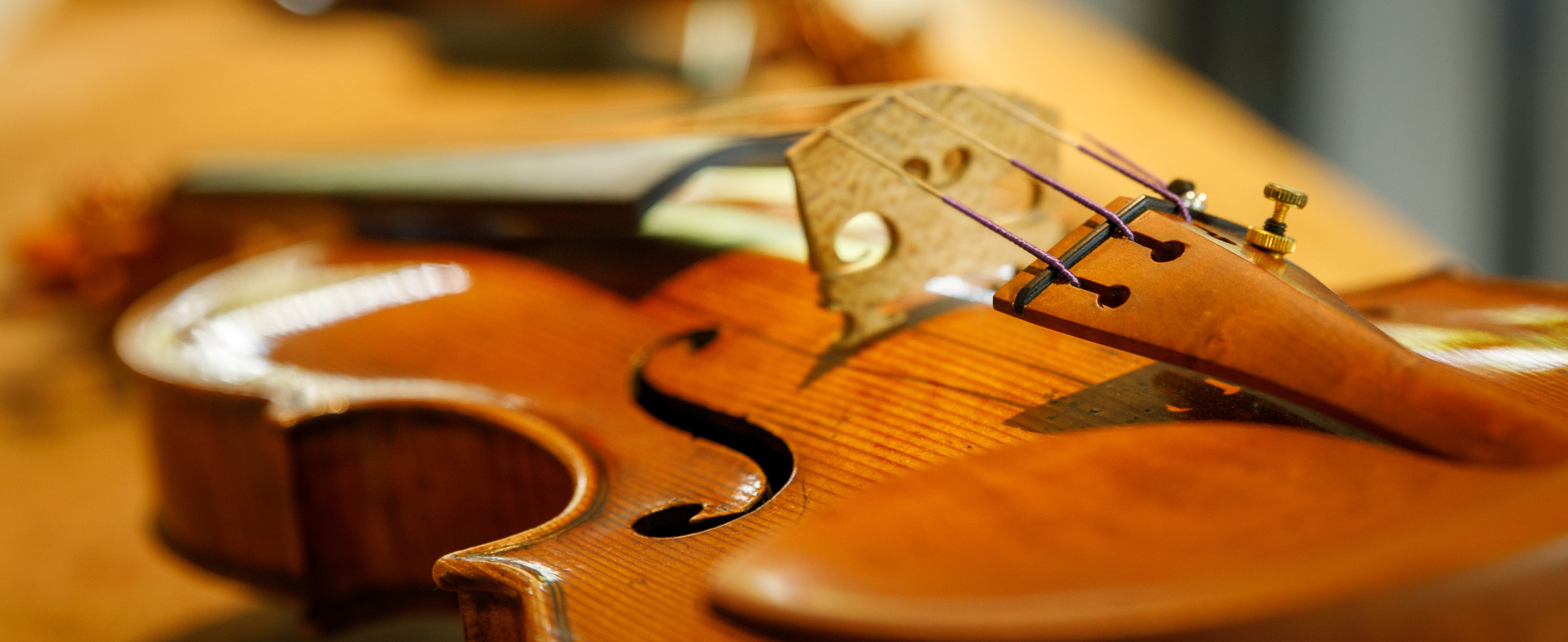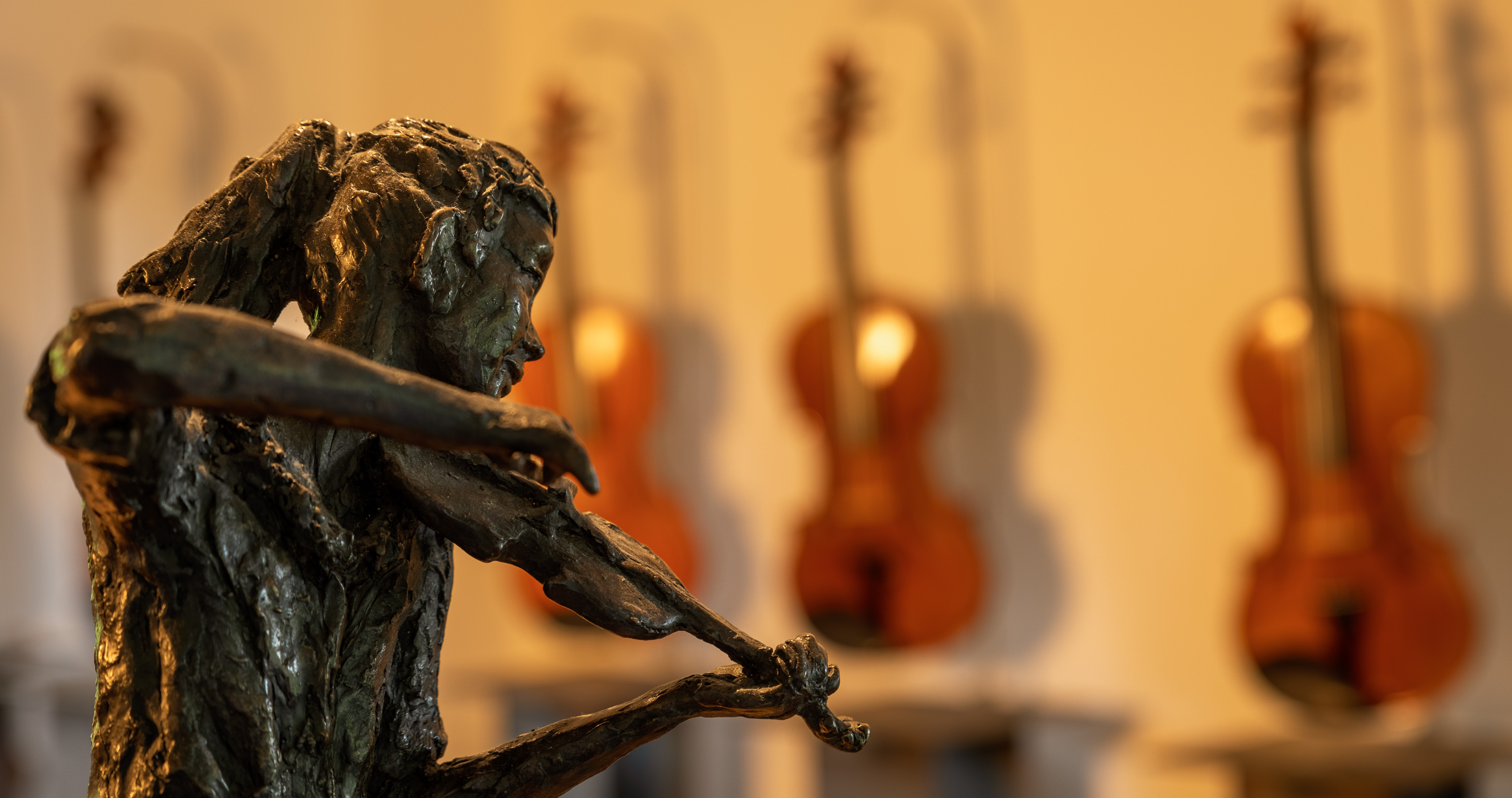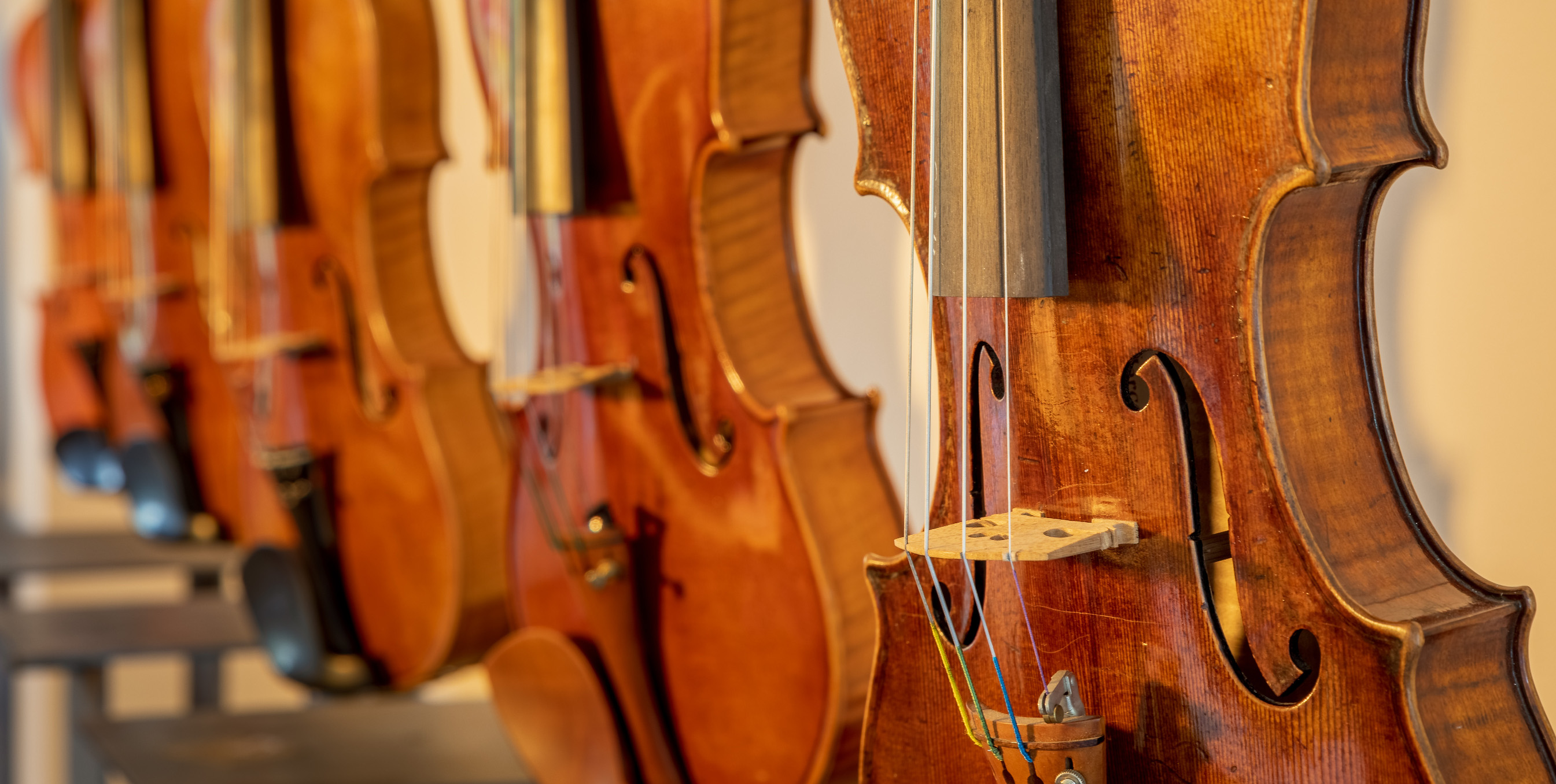Antonio Stradivari 1711 VL Lady Inchiquin
The characteristics of the violin from 1711 known as ‘Lady Inchiquin’ are consistent with François-Joseph Fétis’ description of the instruments belonging to Stradivari’s ‘Golden Period’: ‘His model has all the amplitude desirable; the outlines of it are designed with a taste and a purity which, after a century and a half, still excite the admiration of connoisseurs. The wood, selected with the keenest discernment, unites to richness of figure all the conditions of sonority. For the back, as well as for the sides, he then altered the disposition of it, having the timber cut on the quarter (sur maille) instead of on the layers (sur couche). The arching of his instruments, without being too elevated, falls off in gentle and regular curves, which leaves it all the requisite flexibility. The sound-holes, cut with the hand of a master, became models for shape and size (modèles de dispositions) to all his successors. The scroll, which had assumed a more severe character, is carved with great perfection. The beautiful, warm tone of the varnish of Stradivarius takes its date from this period: the quality of it is fine and extremely supple.’ Florian Leonhard mentioned that it was at this point that Stradivari had fully developed the best style of his ‘Golden Period’, which consisted of a full arching, narrower channels and corners slightly shorter than what has been seen in earlier instruments.
Weitere Informationen
Ausführliche Informationen zu diesem Instrument finden Sie in unserer Enzyklopädie Antonio Stradivari Set 1, Band 3, Seite 56

